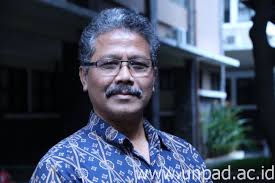Presenting an Enterprise Architecture Model for the Islamic Azad University, East Azerbaijan Province
Keywords:
Education, University System, Enterprise Architecture, Islamic Azad UniversityAbstract
Objective: The objective of the present study was to propose an enterprise architecture model for the Islamic Azad University, East Azerbaijan Province.
Methodology: This study employed a mixed-methods approach (qualitative-quantitative) and was applied in nature. In the qualitative section, the research population consisted of academic experts, from which 21 individuals were selected through purposive sampling. The research instrument was semi-structured interviews, the validity and reliability of which were examined. Data analysis was conducted using coding methods. In the quantitative section, the statistical population included all faculty members and staff in the fields of management and educational management at the Islamic Azad University, East Azerbaijan Province, totaling 63 individuals. Based on the Morgan table, 56 individuals were selected through stratified random sampling. A researcher-made questionnaire, based on the components extracted in the qualitative section, was used in the quantitative section. Data analysis was conducted using structural equation modeling (SEM) with Smart PLS software.
Findings: The findings indicate that the university enterprise architecture model can be classified into three layers: business architecture, information systems architecture, and technology architecture. Additionally, the path coefficient for the business architecture component with university enterprise architecture was 0.98, for information systems architecture it was 0.85, and for technology architecture with university enterprise architecture it was 0.86 (P < 0.05).
Conclusion: The enterprise architecture model of the Islamic Azad University comprises three main components. Paying attention to these components can lead to the development and flourishing of university enterprise architecture. Therefore, the higher education system can focus more on educational architecture to further enhance the flourishing of higher education.
Downloads

Downloads
Additional Files
Published
Submitted
Revised
Accepted
Issue
Section
License
Copyright (c) 2024 Masoume Saraei, Omid Ali Hosseinzadeh, Asadollah Khadivi (Author)

This work is licensed under a Creative Commons Attribution-NonCommercial 4.0 International License.
























